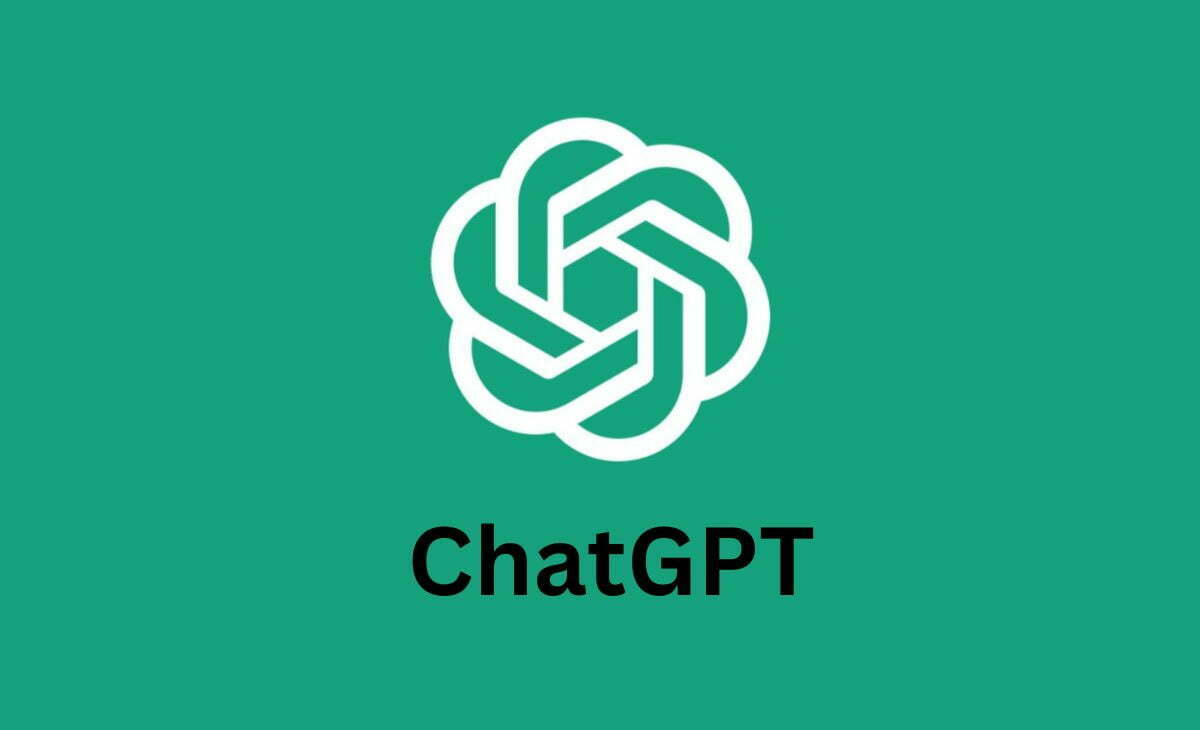Development Tools
Best 7 Must-Have Developer Tools for 2024.
 Quest Lab Team
Quest Lab Team
In 2024, Developers face new challenges in efficiency, security, and collaboration, demanding a robust set of tools that can meet these evolving needs. The following article delves into seven must-have developer tools of 2024, providing insight into each tool’s impact, growing popularity, and relevance to developers today.
Introduction: The Rise of Essential Developer Tools in 2024
As digital transformation accelerates, the demand for reliable, scalable, and efficient development tools has skyrocketed. New technologies, cloud capabilities, and the prevalence of remote work have spurred an evolution in how developers approach coding, collaboration, and deployment. This shift has brought specific tools into the spotlight, enhancing productivity and creating seamless workflows across organizations.
From front-end frameworks to comprehensive DevOps platforms, these tools represent the forefront of development, continuously evolving to meet the demands of modern software engineering. This article provides an in-depth look at seven of these game-changing tools, their unique features, and why they’re indispensable for developers today.
1. GitHub Copilot: AI-Powered Code Assistance
GitHub Copilot, a collaboration between GitHub and OpenAI, has revolutionized coding assistance by offering AI-driven code suggestions and auto-completions. Its integration directly into code editors allows developers to write code faster and with fewer errors, reducing the cognitive load associated with complex programming tasks.
Initially launched in 2021, Copilot gained rapid popularity, especially among new programmers and experienced developers seeking efficiency. In 2024, Copilot’s AI has matured to provide more contextually aware suggestions and support multiple programming languages, becoming a staple for coding efficiency.
"GitHub Copilot has redefined the coding workflow, allowing developers to focus on logic and structure rather than syntax and code search."
- Enhanced speed and productivity in coding
- Supports numerous programming languages
- AI-powered contextual code suggestions
2. Docker: Containerization at Scale
Docker remains a critical tool for developers working on containerized applications. As organizations prioritize scalable and consistent deployment, Docker's ability to package applications into containers, regardless of the host environment, has become indispensable. Containerization minimizes dependency conflicts, supports microservices architectures, and enables teams to deploy across multiple environments with confidence.
Originally launched in 2013, Docker's presence has only grown stronger, and by 2024, it remains at the core of modern DevOps practices. The tool enables developers to create, deploy, and run applications within containers, providing consistent, isolated environments that work in sync with Kubernetes for orchestration.
"With Docker, we’re able to ensure consistency across our development and production environments, speeding up deployment and minimizing issues."
- Efficient containerization for isolated environments
- Seamless integration with CI/CD pipelines
- Scalable solutions compatible with Kubernetes
3. Visual Studio Code: The Go-To Code Editor
Microsoft's Visual Studio Code (VS Code) has solidified its position as the most widely adopted code editor, favored for its customizability, extensive extension library, and performance. Offering a suite of debugging, syntax highlighting, and collaborative tools, VS Code empowers developers to personalize their coding environment to suit project needs.
In 2024, VS Code’s popularity is bolstered by integrations with AI-powered plugins and cloud development options. For remote work and distributed teams, its Live Share feature has proven invaluable for real-time collaboration and code reviews, strengthening VS Code’s role as a staple in development toolkits.
"VS Code has set the standard for modern code editors with its extensibility and collaborative capabilities."
- Extensive library of extensions and themes
- Real-time collaboration with Live Share
- Optimized for various programming languages and workflows
4. Postman: API Testing and Documentation
Postman has become synonymous with API testing and documentation, providing an interface for creating, testing, and managing APIs. Its popularity is due in part to the growing demand for reliable API connections in modern applications. Postman simplifies the development process with tools for debugging, testing, and collaboration.
In 2024, Postman remains essential for both backend and frontend developers working with APIs. Its intuitive interface, automated testing capabilities, and collaboration tools make it a go-to choice for API management.
"Postman allows us to seamlessly test, document, and share APIs, improving our integration process and saving time."
- Simplified API testing and debugging
- Automated test scripts for improved accuracy
- Collaboration features for teams
5. Jenkins: Automating CI/CD Pipelines
Jenkins, an open-source automation server, has long been the standard for continuous integration and continuous delivery (CI/CD). Jenkins facilitates the automatic building, testing, and deploying of applications, enabling development teams to integrate code continuously and deploy updates faster.
In 2024, Jenkins continues to evolve with plugins for integrating cloud-native deployments, containerized applications, and infrastructure as code. The platform’s flexibility and community support make it a staple in DevOps workflows, allowing teams to maintain high delivery speed and stability.
"Jenkins provides the backbone for our CI/CD pipelines, allowing us to deploy confidently and consistently."
- Open-source with extensive community support
- Wide range of plugins for diverse integrations
- Automates testing and deployment in CI/CD pipelines
6. Figma: Collaborative UI/UX Design
As design becomes increasingly integral to development, Figma has risen as the premier tool for UI/UX design, particularly for teams requiring collaboration. Figma’s cloud-based platform allows designers and developers to work together in real time, creating, sharing, and refining designs within a single interface.
In 2024, Figma has expanded its features to better support design systems, prototyping, and user testing. The tool’s collaborative nature has made it a top choice among remote teams and companies prioritizing user-centered design in their development process.
"Figma’s real-time collaboration empowers our teams to create cohesive, user-focused designs with minimal friction."
- Real-time collaboration for design teams
- Comprehensive support for design systems
- Seamless integration with development workflows
7. Terraform: Infrastructure as Code
HashiCorp’s Terraform has become the go-to tool for managing infrastructure as code (IaC), automating the setup, management, and provisioning of infrastructure across different cloud providers. Terraform allows developers to define infrastructure in human-readable configuration files, which can be version-controlled and shared.
In 2024, Terraform remains at the forefront of IaC due to its compatibility with multiple cloud platforms, extensibility, and active community. The tool has empowered DevOps teams to automate complex infrastructure workflows, reducing errors and increasing deployment consistency.
"Terraform enables us to manage infrastructure reliably and consistently, making our deployment process both faster and more secure."
- Support for multi-cloud environments
- Declarative syntax for defining infrastructure
- Enhanced scalability and automation

Quest Lab Writer Team
This article was made live by Quest Lab Team of writers and expertise in field of searching and exploring
rich technological content on different sites and applications with impact on the user needs and on the modern world



